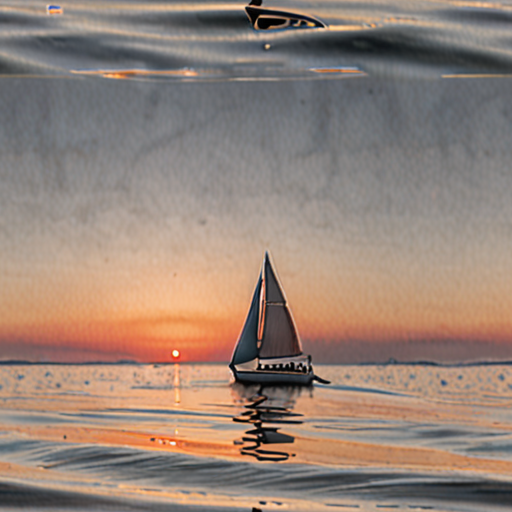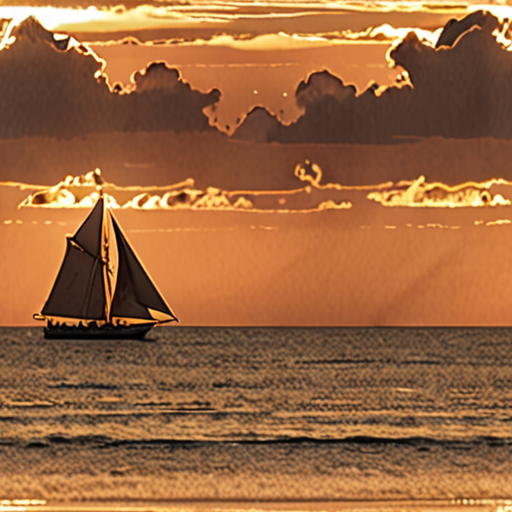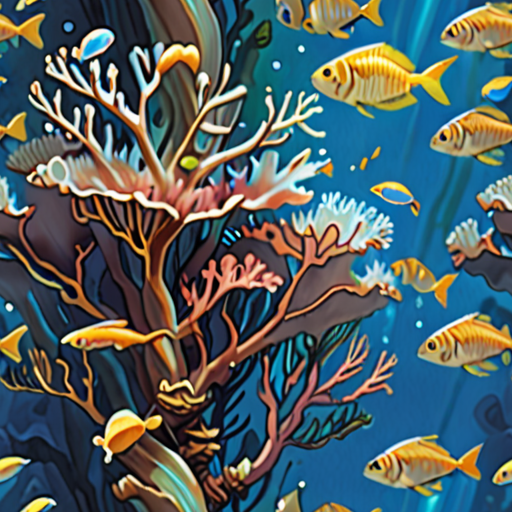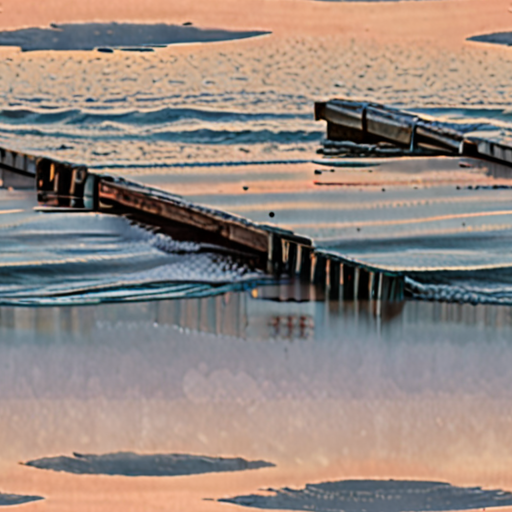As we embark on our journey to master the art of seafaring photography, it becomes clear that capturing breathtaking ocean images requires a combination of technical expertise, creative vision, and a deep appreciation for the ever-changing moods of the sea. With its vast expanse of blue waters, majestic waves, and picturesque coastlines, the ocean presents a photographer’s paradise, full of endless opportunities to create stunning visual narratives. Whether you’re a seasoned pro or just starting out, understanding the intricacies of boat photography, mastering the right camera modes, and selecting the perfect gear can make all the difference between a mediocre shot and a truly unforgettable one.

Mastering Ocean Photography: Essential Tips for Captivating Sea Images
To capture stunning ocean photographs, it’s crucial to understand the basics of photography and adapt to the dynamic environment of the sea.
-
Choose the Right Equipment
A high-quality camera with a waterproof housing is essential for capturing sharp and vibrant images underwater. Consider investing in a camera with manual settings and a wide-angle lens to capture the vastness of the ocean.
-
Understand Lighting Conditions
The lighting conditions on the ocean can be unpredictable, ranging from harsh sunlight to soft overcast skies. Learn to work with these conditions by adjusting your exposure settings accordingly.
-
Pay Attention to Composition
A well-composed image can elevate the mood and atmosphere of your photograph. Experiment with different angles, perspectives, and framing techniques to create visually appealing compositions.
-
Focus on the Details
The ocean is full of intricate details, from the texture of waves to the patterns on seashells. Zoom in on these details to create intimate and engaging images.
-
Shoot During Golden Hour
The golden hour, just before sunset, offers soft and warm light that can add depth and dimension to your images. Take advantage of this magical time to capture stunning ocean photographs.
-
Experiment with Long Exposures
Long exposures can create mesmerizing effects, such as blurred waves and silky water textures. Practice using long exposures to add a unique touch to your ocean photographs.
-
Respect the Environment
The ocean is a fragile ecosystem, and it’s essential to respect its boundaries. Follow local regulations, avoid disturbing marine life, and leave nothing behind but bubbles.
-
Edit Your Photos Wisely
Editing your photos can enhance their visual appeal, but be cautious not to overdo it. Use subtle adjustments to balance the colors, contrast, and exposure of your images.
-
Practice, Practice, Practice
Capturing exceptional ocean photographs requires patience, persistence, and practice. Continuously challenge yourself to try new techniques, experiment with different styles, and push the boundaries of what’s possible.
By mastering these essential tips, you’ll be well on your way to capturing breathtaking ocean photographs that showcase the beauty and majesty of the sea.
Best Settings for Boat Photography
When capturing stunning images of boats, understanding the ideal camera settings can elevate your photography game. As a seasoned sailor and photographer, I’ve learned that mastering these settings can make all the difference between a mediocre shot and a breathtaking masterpiece.
Camera Settings for Boat Photography
To capture the perfect shot, consider the following essential camera settings:
- ISO: A low ISO setting (100-400) is recommended to minimize noise and ensure crisp details.
- Shutter Speed: Fast shutter speeds (1/500th of a second or faster) are necessary to freeze the motion of the boat, especially when capturing dynamic scenes.
- Aperture: A medium aperture (f/5.6-f/8) provides sufficient depth of field to keep both the boat and surrounding environment in focus.
- Focal Length: A telephoto lens (70-200mm) is ideal for compressing perspective and emphasizing the subject, while a wider angle lens (10-22mm) captures more of the scene.
Additional Tips for Captivating Boat Photos
To take your boat photography to the next level, remember these valuable tips:
- Pay attention to lighting: Golden hour, overcast skies, and backlight can add drama and interest to your shots.
- Experiment with angles: Shoot from unique perspectives, such as low or high angles, to add visual interest.
- Focus on composition: Balance elements, leading lines, and framing techniques can enhance the overall impact of your image.
- Post-processing is key: Adjust exposure, contrast, and color balance to bring out the best in your photos.
Competitors and Resources
While there are many excellent resources available for boat photography, some notable mentions include:
- Digital Photography Review
- B&H Photo Video
- World Sailing
By incorporating these expert tips and camera settings into your workflow, you’ll be well on your way to capturing stunning boat photographs that showcase the beauty and majesty of the ocean.
How to Take Pictures of Sailing
To capture stunning sailing photos, you need to understand the basics of photography and the unique challenges of shooting on the water.
-
Camera Settings
A fast shutter speed of at least 1/1000th of a second is crucial to freeze the motion of the sailboat and prevent blur.
Additionally, a high ISO setting can help to capture images in low-light conditions, but be careful not to introduce noise into your photos.
-
Lenses
The type of lens you use will depend on the type of shot you’re trying to get.
Wide-angle lenses are great for capturing the vastness of the ocean and the sailboat’s movement, while standard lenses are better suited for portraits and close-up shots.
-
Composition
When composing your shot, consider the rule of thirds and place interesting features along those lines.
Also, pay attention to the background and try to eliminate any distractions that might take away from the sailboat.
-
Lighting
Lighting is critical when taking sailing photos, as it can make or break the mood and atmosphere of your image.
Look for soft, natural light during the golden hour or overcast skies to create a warm and inviting ambiance.
-
Post-processing
After capturing your photos, edit them to enhance the colors, contrast, and overall look of the image.
Pay attention to the exposure and adjust it accordingly to bring out the details in the sailboat and the surrounding environment.
By mastering these techniques and practicing regularly, you’ll be able to take stunning sailing photos that showcase the beauty and majesty of the sport.
Remember to always follow safety guidelines and regulations when shooting near the water, and never compromise your safety for the sake of getting the perfect shot.
With patience, persistence, and practice, you’ll become a skilled sailing photographer and be able to capture the essence of this thrilling sport.

Best Camera Settings for Captivating Seascapes
To capture stunning seascapes, it’s essential to understand the optimal camera settings.
- Mode: Use Manual Mode (M) to have complete control over exposure, aperture, and shutter speed.
- Aperture: A medium to large aperture (f/5.6 – f/8) allows for a shallow depth of field, blurring the background and emphasizing the subject.
- Shutter Speed: A slower shutter speed (1/15s – 1/30s) creates a sense of movement and blur, ideal for capturing waves and ocean currents.
- ISO: Keep the ISO low (100 – 400) to minimize noise and ensure the highest image quality.
- Focal Length: A wide-angle lens (10-24mm) provides a broad perspective, allowing you to capture expansive seascapes.
- White Balance: Set the white balance to Cloudy or Shade to enhance the blue tones and create a moody atmosphere.
- Autofocus: Use Continuous Autofocus (AI Servo) to track moving subjects, such as boats or birds.
- Burst Mode: Take multiple shots in burst mode to increase the chances of capturing the perfect moment.
Additionally, consider the following tips to enhance your seascape photography:
- Shoot during the golden hour (dawn or dusk) for soft, warm light.
- Look for interesting compositions , such as rocks, reefs, or shipwrecks.
- Panoramic shots can add drama and emphasize the vastness of the ocean.
- Experiment with long exposures to create unique, abstract effects.
By mastering these camera settings and techniques, you’ll be well on your way to capturing breathtaking seascapes that showcase the beauty and power of the ocean.
Optimal Shutter Speeds for Captivating Ocean Scenes
To capture the dynamic movement of the ocean, I recommend using a shutter speed between 14 and 30 seconds.
- Freezing waves in motion requires a faster shutter speed, typically around 1/125th of a second.
- For a dreamy, long-exposure effect, try using a shutter speed of 10 to 60 seconds.
- A slower shutter speed can create a sense of blur and movement, adding drama to your ocean scenes.
When shooting seascapes, consider the type of scene you’re capturing:
- Fast-moving waves and surf require a faster shutter speed to freeze the action.
- Calm waters and serene scenes benefit from a slower shutter speed to emphasize the peaceful atmosphere.
- Consider the lighting conditions: overcast skies may allow for longer exposures, while bright sunlight may require shorter ones.
Experiment with different shutter speeds to find the perfect balance for your ocean scene.
As a photographer, I’ve found that understanding the relationship between shutter speed and motion helps me capture the essence of the ocean.
By mastering shutter speed, you’ll be able to convey the energy and power of the ocean in your photographs.
Remember to always check your camera settings and adjust accordingly to achieve the desired effect.
With practice and patience, you’ll develop a keen eye for capturing the perfect shutter speed for your ocean scenes.
Whether you’re shooting for Sailing Photo Awards or personal projects, mastering shutter speed will elevate your ocean photography to the next level.
So, don’t be afraid to experiment and push the boundaries of what’s possible with shutter speed.
Happy shooting!

Choosing the Right Aperture for Underwater Photography
When capturing stunning underwater scenes, selecting the optimal aperture is crucial for achieving the desired effect.
-
Close-up Subjects:
For subjects that are extremely close to the lens, consider setting the aperture between f/16 and f/22 to ensure maximum sharpness and minimize distortion.
-
Mid-range Subjects:
For subjects positioned moderately far from the lens, use an aperture of around f/8 to f/11, which provides a balance between depth of field and image sharpness.
-
Distant Subjects:
When photographing subjects at a greater distance, select an aperture of approximately f/5.6 to f/8, allowing for a shallower depth of field and emphasizing the subject against the background.
Remember, adjusting the aperture affects the overall exposure of the image, so be prepared to adjust the shutter speed accordingly to prevent underexposure or overexposure.
Tips for Achieving Optimal Results:
- Experiment with different apertures to find the perfect balance for your composition.
- Pay attention to the lighting conditions and adjust the aperture accordingly to compensate for any changes.
- Consider using a polarizing filter to reduce glare and enhance colors in your underwater shots.
Conclusion:
By understanding how to choose the right aperture for underwater photography, you’ll be able to capture breathtaking images that showcase the beauty of the ocean and its inhabitants.
0 Comments